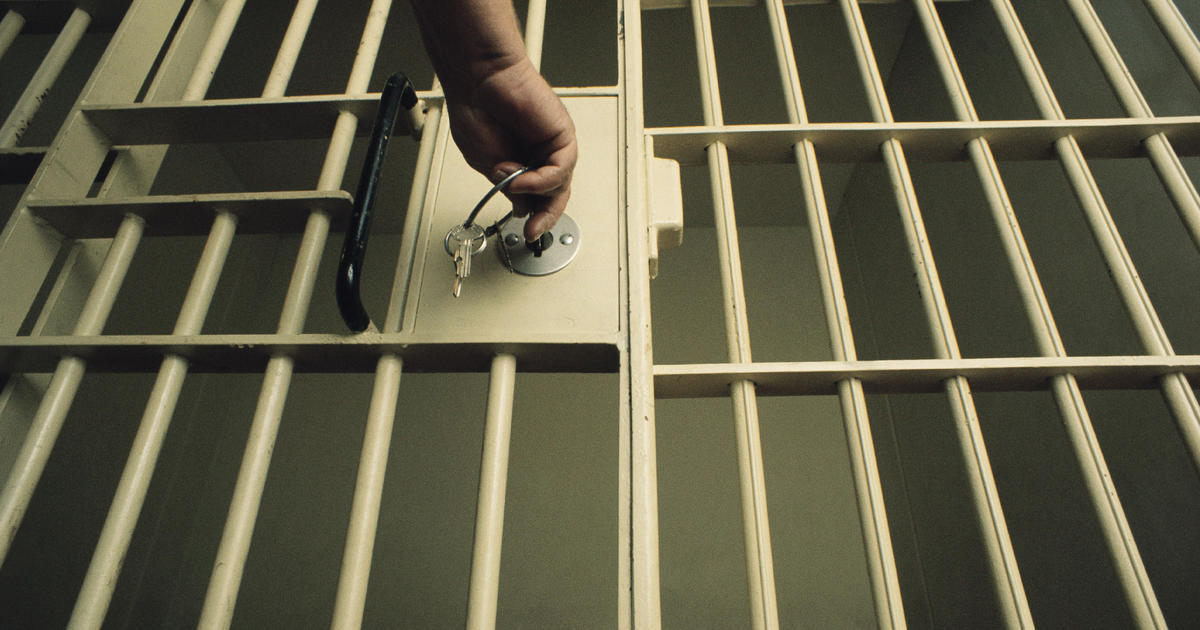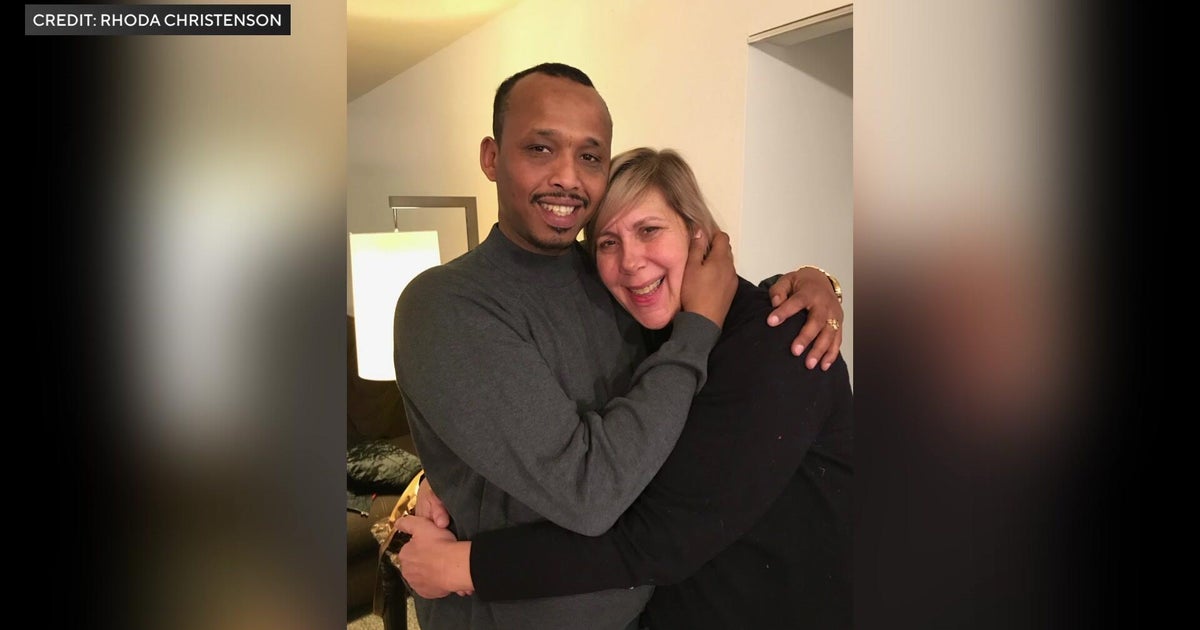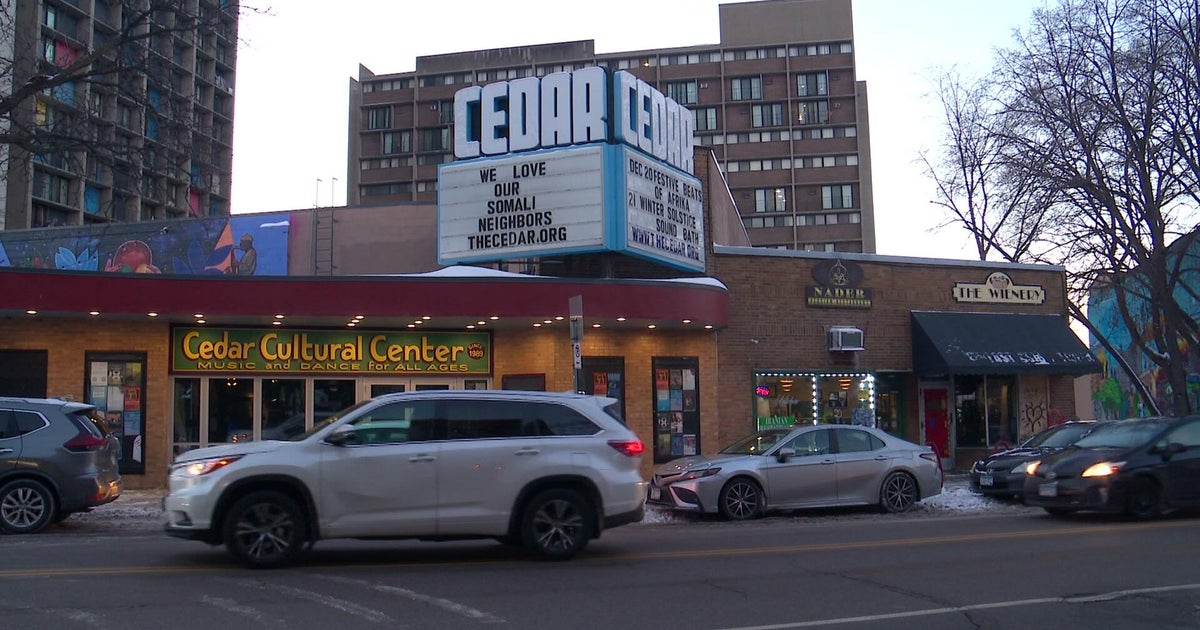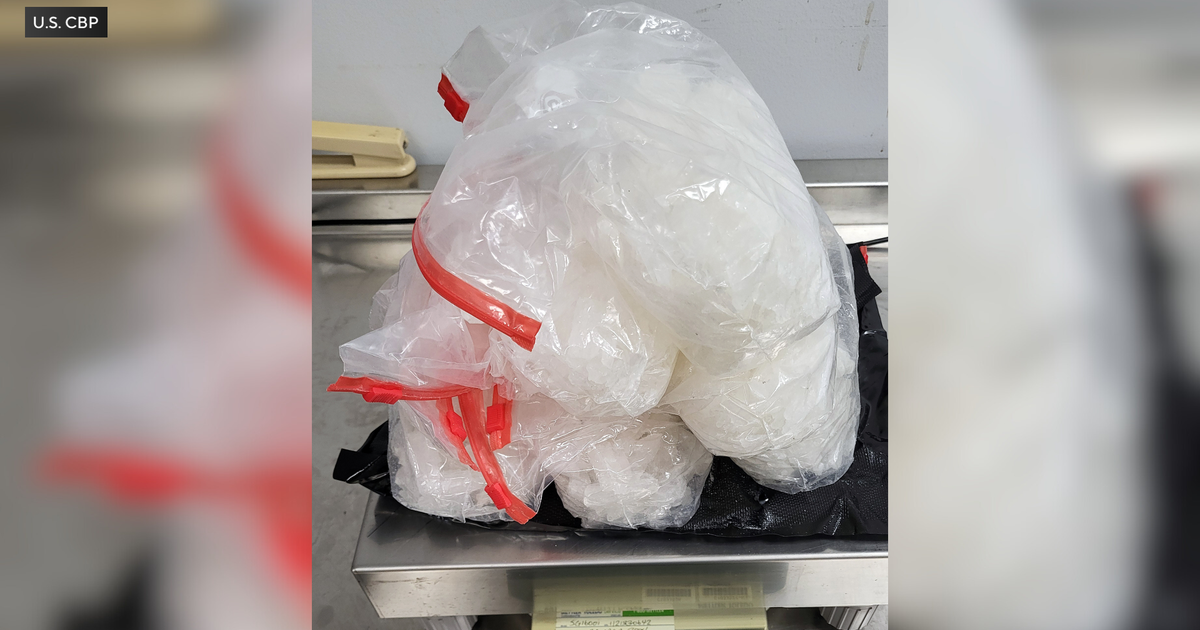Discovery of buried children in Mexico sheds new light on timeline of Aztec customs: "Those who were dying the most were infants"
Four children in Mexico were buried in the years after the Spanish Conquest with rituals and grave offerings that suggest that pre-Hispanic customs lived on for some time after the Aztec empire fell.
The National Institute of Anthropology and History said Monday the burials of children ranging from a newborn, to a girl aged between 6 and 8, were found in a working-class district just north of Mexico City's historic center.
When the Spanish conquered the Aztec capital in 1521, they quickly expelled the indigenous Mexican population to the city's edges, reserving the center for the homes of only Spaniards.
Archaeologists estimate the children were buried in a layer of earth that dated to between 1521 and 1620. Even though the Spaniards quickly outlawed most pre-Hispanic ceremonies and religious practices, researchers found evidence the children were buried with Aztec style grave goods.
The youngest, the newborn, was buried inside a pot, with other pots around it. The bulbous shape of the pot was thought to imitate the form of a uterus, and it was not clear if the child died before or after birth.
"Three years ago we excavated in front of the property where we are now working and we found three adult and four child burials, also from the Early Colonial period," said Juan Carlos Campos Varela, the archaeologist in charge of the project. "In other words, if we add those children with the ones we have today, the evidence indicates that, at least in this neighborhood of Cotolco, those who were dying the most were infants."
Another offering found at the site included the bones of a bird in ceramic pot with blue coloring, associated with water.
The older girl was buried with a large clay Aztec-style figurine depicting a female figure holding a child. Her skull showed signs of possible anemia, malnutrition or infection, signs that suggest life was hard for the Indigenous population in the years following the conquest.
"The four burials of infants do not have traces of ritual sacrifice, so the causes of their deaths - which will be determined with physical anthropology exams - would be more associated with a time of crisis," the institute said.
In December, archaeologists announced they had discovered another house site on the outskirts of the city's center where 13 large clay ceremonial Aztec incense burners had been carefully buried, again after the Conquest, suggesting that pre-Hispanic beliefs and customs lasted on for some time.
The incense burners had been carefully buried in a pattern that may refer to the Aztec calendar, and were covered with adobe bricks, as if to hide them.







